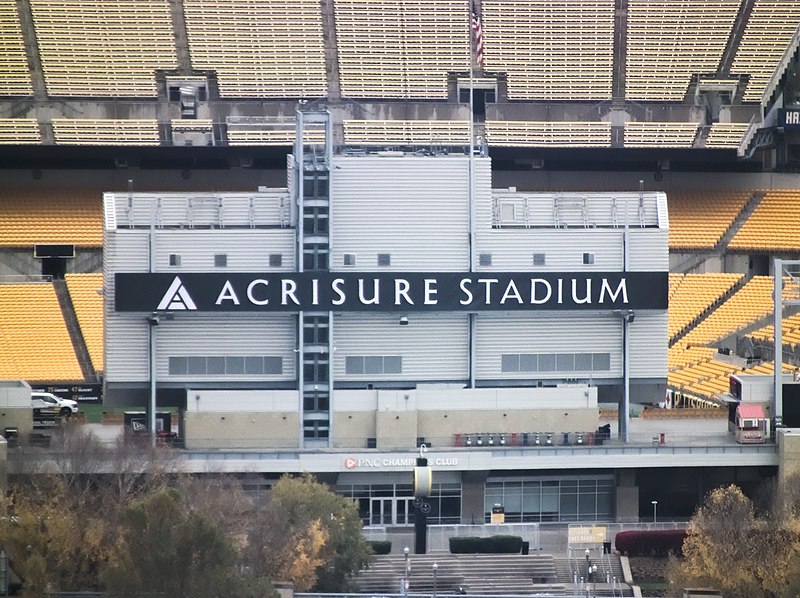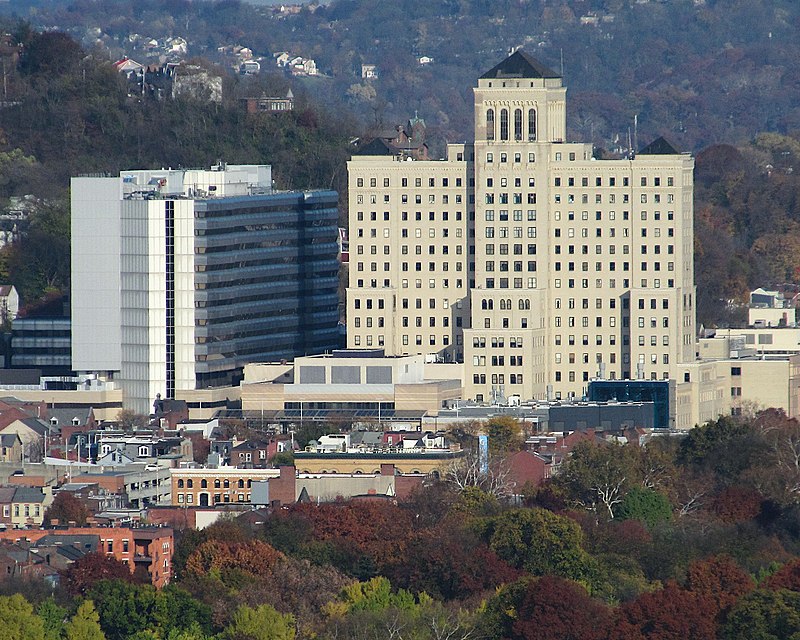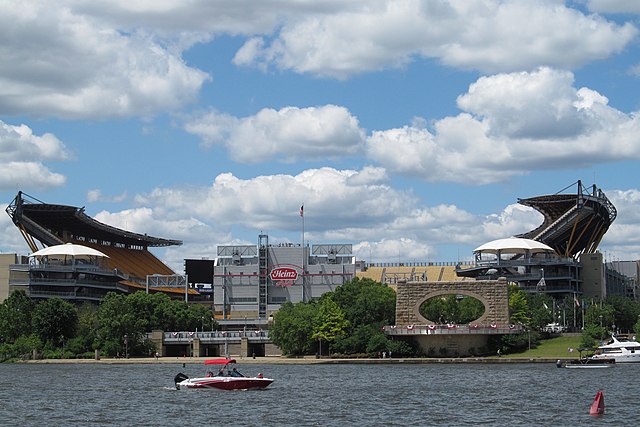
Here is another one of those churches with the sanctuary upstairs, which have become one of old Pa Pitt’s small obsessions. This is quite typical of its time: it was built in 1870, and it has all the usual marks of the typical Pittsburgh smaller church: the shallow-pitched roof, the walls divided into sections by simple pilasters, the date stone in the gable, the crenellations. It now belongs to Northside Common Ministries.














